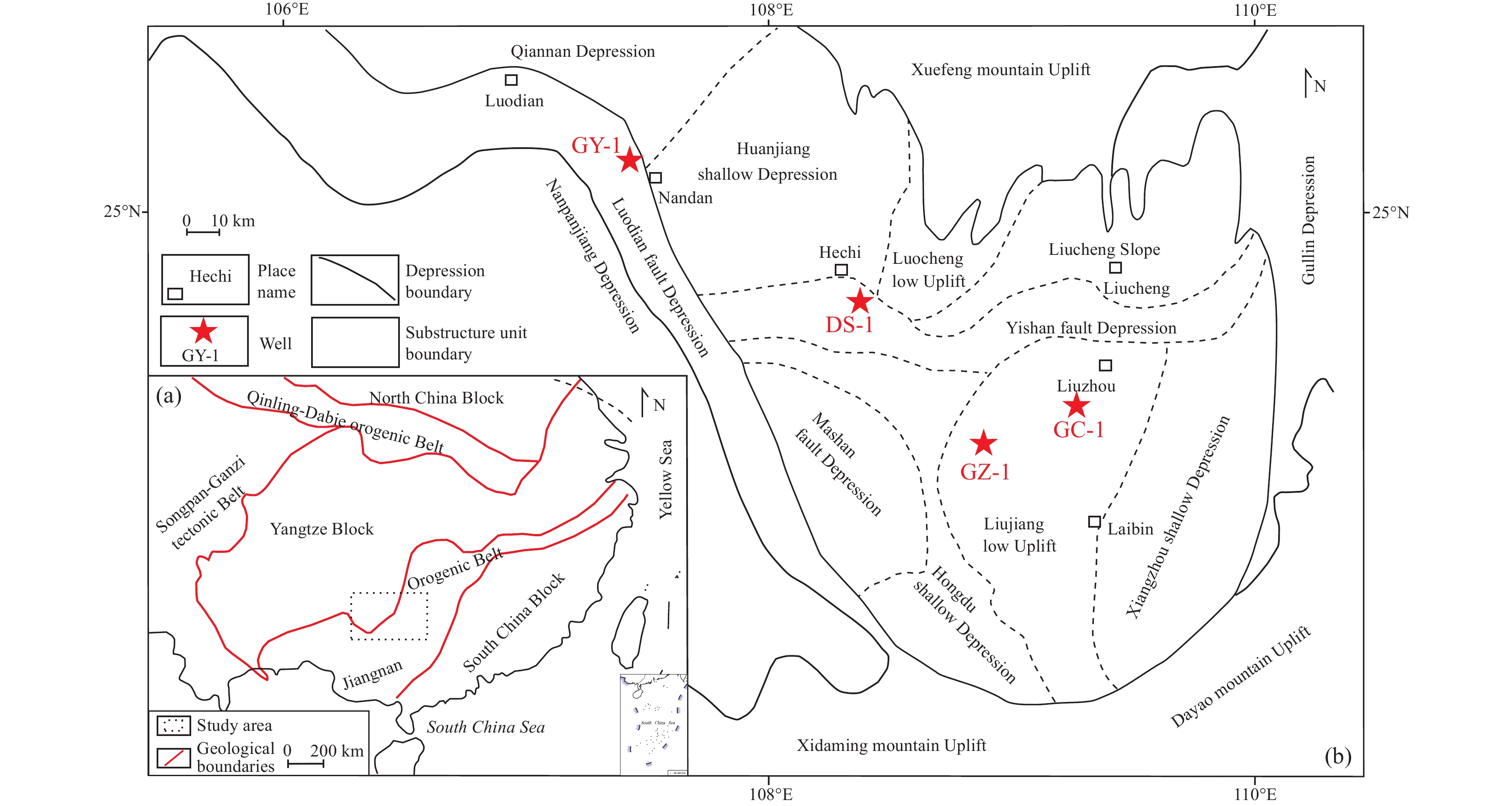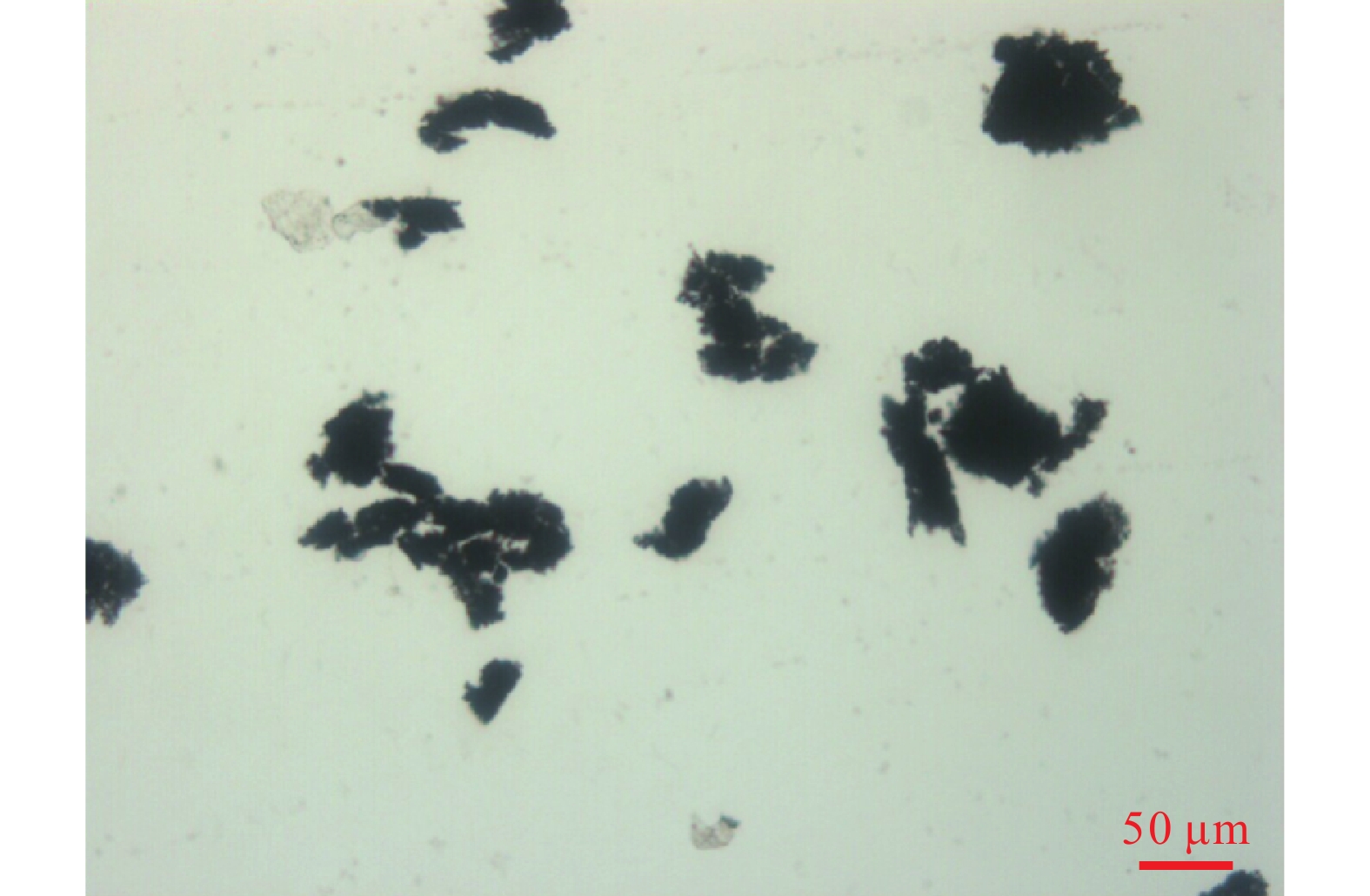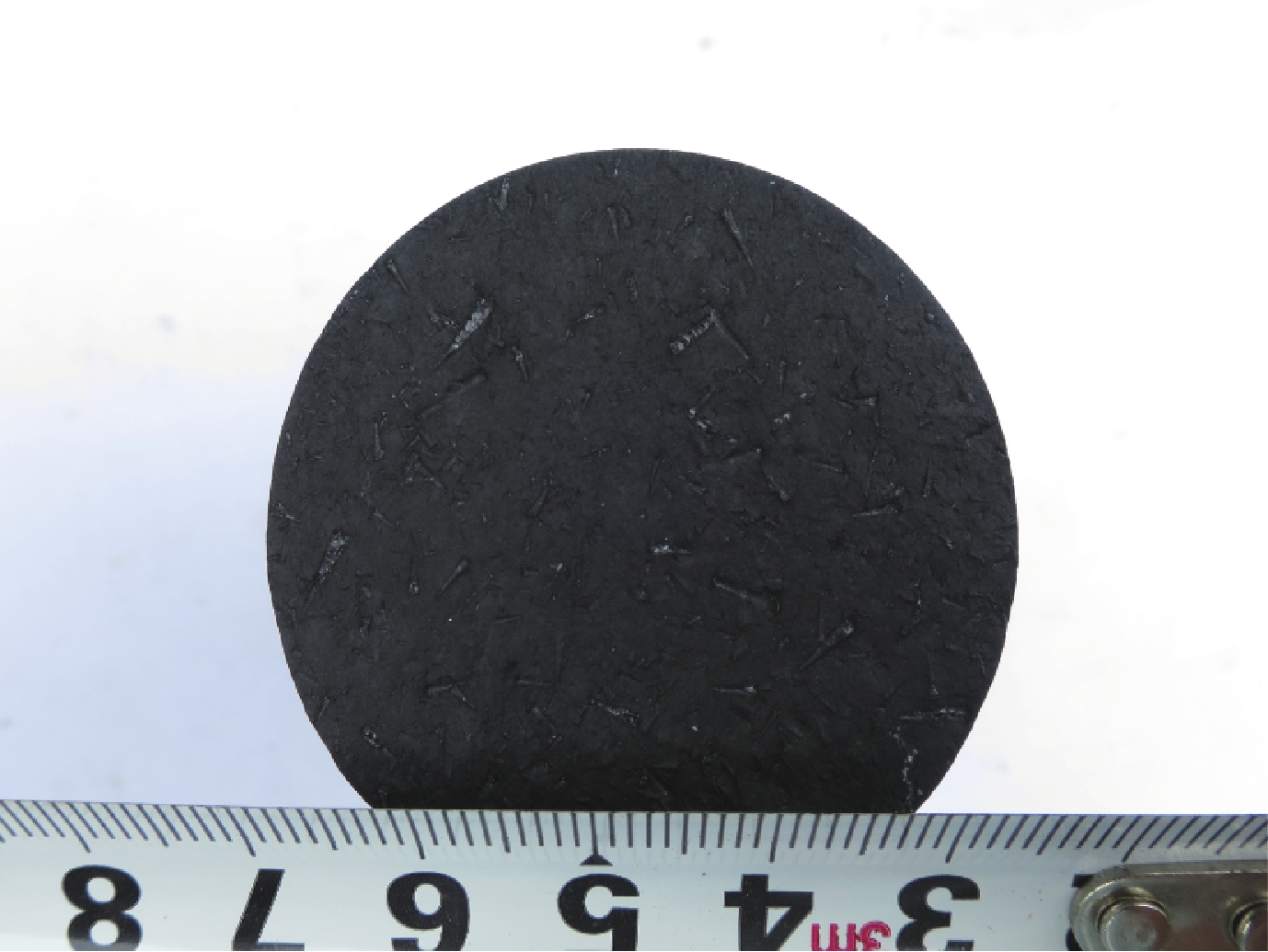| Citation: | Kun Yuan, Wen-hui Huang, Xin-xin Fang, Shi-zhen Li, Ting Wang, Tuo Lin, Guo-heng Liu, 2020. Geochemical characteristics and sedimentary environment of the Middle Devonian organic-rich shales in the Northwest of Guizhong Depression, Southwest China, China Geology, 3, 567-574. doi: 10.31035/cg2020062 |
Geochemical characteristics and sedimentary environment of the Middle Devonian organic-rich shales in the Northwest of Guizhong Depression, Southwest China
-
Abstract
In order to figure out the redox conditions and paleo-sedimentary environment of the Middle Devonian shales in the northwest of Guizhong Depression, the trace element analysis was conducted on the Middle Devonian cores (320.35–938.50 m) of the typical shale gas investigation well (GY-1) at a 1.50 m sampling interval through X-ray fluorescence spectroscopy (XRF) and inductively coupled plasma mass spectrometry (ICP-MS). According to the test result, the average values of V/(V+Ni), V/Cr and Ni/Co in Nabiao formation (Fm.) are larger than 0.67, 4.65 and 7.71 respectively, and Nabiao Fm. is rich in biological assemblages such as tabasheer, ammonite, etc. These evidences indicate the rising sea level rose relatively in the sedimentation period of Nabiao Fm. and a deepwater shelf environment, which was favorable for the preservation of organic matters. The V/(V+Ni), V/Cr and Ni/Co in Luofu Fm. and Tangting Fm. are 0.38–0.65, 0.73–4.10 and 3.70–6.72 respectively, indicating that the sea level dropped relatively in their sedimentation period, during which the water bodies became shallow, and the sedimentary environment was a weak oxidizing shallow water shelf environment. In addition, the variation of TOC has a high correlation with the enrichment degree of Ba element, indicating the favorable conditions for the enrichment and preservation of organic matters under an oxygen-deficient environment. Moreover, according to the identification of trace element indexes, the northwest of Guizhong Depression experienced the sedimentary cycle of relative rise to relative fall of sea level from bottom to top in the Middle Devonian sedimentation period. The relative sea level rose to the highest in the sedimentation period of Nabiao Fm., in which the organic-rich shales with stable thickness and high organic content were deposited. Hence, the Nabiao Fm. could be regarded as the favorable exploration target interval in this area.
-

-
References
[1] Bi CQ, Zhang JQ, Shan YS, Hu ZF, Wang FG, Chi HP, Tang Y, Yuan Y, Liu YR. 2020. Geological characteristics and co-exploration and co-production methods of Upper Permian Longtan coal measure gas in Yangmeishu Syncline, Western Guizhou Province, China. China Geology, 3, 38–51. doi: 10.31035/cg2020020 [2] Cai X, Wang L, Jin YX, Gao YQ, Cao HH, Ding AX. 2016. Types and characteristics of organic pore in shale gas reservoir of Southeastern Chongqing area. Natural Gas Geoscience, 27, 513–519 (in Chinese with English abstract). [3] Chalmers G, Bustin R, Power I. 2012. Characterization of gas shale pore systems by porosimetry, pycnometry, surface area, and field emission scanning electron microscopy/transmission electron microscopy image analyses. Examples from the Barnett, Woodford, Haynesville, Marcellus, and Doig units. AAPG Bulletin, 96, 1099–1119. [4] Chen R, Yuan K, Zhang ZY, Xu QF. 2019. Sedimentary environment of organic-rich shale in the Upper Permian Longtan Formation in Qinglong area, western Guizhou, China. China Geology, 2, 108–109. doi: 10.31035/cg2018086 [5] Chen SB, Zhu YM, Qin Y, Wang HY, Liu HL. 2014. Reservoir evaluation of the Lower Silurian Longmaxi Formation shale gas in the southern Sichuan Basin of China. Marine and Petroleum Geology, 57, 619–630. doi: 10.1016/j.marpetgeo.2014.07.008 [6] Dong DZ, Zou CN, Yang H, Wang YM, Li XJ, Cheng GS, Wang SQ, Lü ZG, Huang YB. 2013. Progress and prospects of shale gas exploration and development in China. Acta Geologica Sinica, 33, 107–113 (in Chinese with English abstract). [7] Elijah AA. 2015. Economic evaluation of Bowland shale gas wells development in the UK. International Journal of Social, Behavioral, Educational, Economic, Business and Industrial Engineering, 9, 2591–2599. [8] Fishman NS, Hackley PC, Lowers HA, Hill LR, Egenhoff SO, Eberl DD, Blum AE. 2013. The nature of porosity in organic rich mudstones of Upper Jurassic Kimmeridge clay formation, North Sea, offshore United Kingdom. International Journal of Coal Geology, 103, 32–50. [9] Guo XS, Hu DF, Li YP, Liu RB. Wang QB. 2014. Geological features and reservoiring mode of shale gas reservoirs in Longmaxi Formation of the Jiaoshiba area. Acta Geologica Sinica, 88, 1811–1821 (in Chinese with English abstract). doi: 10.1111/1755-6724.12347 [10] Huang XN, Dong DZ, Wang YM. 2016. Economic assessment method of unconventional oil and gas resources and case study. Natural Gas Geoscience, 27, 1651–1658 (in Chinese with English abstract). [11] Jiao SJ, Zhang H, Xue DC, Ma Y. 2015. Study on morphological characteristics of micropores and microcracks in shale. Journal of Chinese Electron Microscopy Society, 34, 422–427 (in Chinese with English abstract). [12] Kaiser MJ. 2012. Profitability assessment of haynesville shale gas wells. Energy, 38, 315–330. doi: 10.1016/j.energy.2011.11.057 [13] Li SZ, Jiang WL, Wang Q, Liu LJ. 2013. Research status and currently existent problems of shale gas geological survey and evaluation in China. Geological Bulletin of China, 32, 1440–1446 (in Chinese with English abstract). [14] Liu HF, An HZ, Mei J. 2012. Development and effect of shale gas in the united states. Resources & Industries, 14, 81–86 (in Chinese with English abstract). [15] Loucks RG, Reed RM, Ruppel SC. 2012. Spectrum of pore types and networks in mudrocks and a descriptive classification for matrix-related mudrock pores. AAPG Bulletin, 96, 1071–1098. doi: 10.1306/08171111061 [16] Luo DK, Xia LY. 2015. An economic evaluation method of coal bed methane resources during the target selection phase of exploration. Petroleum Science, 12, 705–711 (in Chinese with English abstract). doi: 10.1007/s12182-015-0053-6 [17] Ma YS, Cai XY, Zhao PR. 2018. China’s shale gas exploration and development: Understanding and practice. Petroleum Exploration and Development, 45, 1–14 (in Chinese with English abstract). doi: 10.1016/S1876-3804(18)30001-6 [18] McGlade C, Speirs J, Sorrell S. 2013. Unconventional gas—A review of regional and global resource estimates. Energy, 55, 571–584. doi: 10.1016/j.energy.2013.01.048 [19] Mi HY, Hu M, Feng ZD, Liu Y. 2010. Present conditions and exploration prospects of shale gas resource in China. Complex Hydrocarbon Reservoirs, 3, 10–13 (in Chinese with English abstract). [20] Mohtar RH, Shafiezadeh H, Blake J, Daher B. 2019. Economic, social, and environmental evaluation of energy development in the Eagle Ford shale play. Science of the Total Environment, 646, 1601–1614. doi: 10.1016/j.scitotenv.2018.07.202 [21] Mou CL, Zhou KK, Liang W, Ge XY. 2011. Early Paleozoic sedimentary environment of hydrocarbon source rocks in the Middle-Upper Yangtze region and petroleum and gas exploration. Acta Geologica Sinica, 85, 526–532 (in Chinese with English abstract). [22] Nie HK, Zhang JC, Jiang SL. 2016. Types and characteristics of the lower Silurian shale gas reservoirs in and around the Sichuan basin. Acta Geologica Sinica, 89, 1973–1985. [23] Roger MS, Neal ROB. 2011. Pore types in the Barnett and Woodford gas shales: Contribution to understanding gas storage and migration pathways in fine-grained rocks. AAPG Bulletin, 95, 2017–2030. [24] Su JC, Zhang JC, Zhu WL. 2018a. Improved methodology of economic evaluation of coal bed methane based on discounted cash flow analysis. Journal of China University of Mining & Technology, 47, 631–638 (in Chinese with English abstract). [25] Teng GE, Liu WH, Xu YC, Chen JF. 2005. Correlative study on parameters of inorganic geochemistry and hydrocarbon source rocks formative environment. Advances in Earth Science, 20, 193–200. doi: 10.3321/j.issn.1001-8166.2005.02.009 [26] Viet NL, Hyundon S. 2019. Development of reservoir economic indicator for Barnett shale gas potential evaluation based on the reservoir and hydraulic fracturing parameters. Journal of Natural Gas Science and Engineering, 66, 159–167. doi: 10.1016/j.jngse.2019.03.024 [27] Wang CS, Wang XF, Chen XH, Li ZH, Li XB. 2018. Ordovician sequence stratigraphy and correlation in the Middle-Upper Yangtze region, South China. China Geology, 1, 354–366. [28] Wang DF, Gao SK, Dong DZ, Huang XN, Wang YM, Huang JL, Wang SF, Pu BL. 2013. A primary discussion on challenges for exploration and development of shale gas resources in China. Natural Gas Industry, 33, 8–17. [29] Wang HJ, Ma F, Tong X, Liu Z, Zhang X, Wu Z. 2016. Assessment of global unconventional oil and gas resources. Petroleum Exploration and Development, 43, 925–940. doi: 10.1016/S1876-3804(16)30111-2 [30] Wang X, Liu YH, Zhang M, Hu SY, Liu HJ. 2010. Conditions of formation and accumulation for shale gas. Natural Gas Geoscience, 21, 44–44 (in Chinese with English abstract). [31] Wang YF, Zhai GY, Lu YC, Ma YQ, Li J, Liu GH, Zhang YX. 2019. Sedimentary lithofacies characteristics and sweet-spot interval characterization of the Sinian Doushantuo Formation in Upper Yangtze Platform, South China. China Geology, 2, 261–275. [32] Wang YM, Dong DZ, Li JZ, Wang SJ, Li XJ, Wang L, Cheng KM, Huang JL. 2012. Reservoir characteristics of shale gas in Longmaxi Formation of the lower Silurian, Southern Sichuan. Acta Petrolei Sinica, 33, 551–561. doi: 10.1038/aps.2012.9 [33] Yan W, Feng YL. 2013. The history, present situation and future scene of shale gas exploration in China. Journal of Shijiazhuang University of Economics, 3, 60–63. [34] Yang S, Kang YS, Zhao Q, Wang HY, Li JM. 2008. Method for predicting economic peak yield for a single well of coalbed methane. Journal of China University of Mining and Technology, 18, 521–526. doi: 10.1016/S1006-1266(08)60287-4 [35] Yang YR, Liu XC, Zhang H, Zhai GY, Zhang JD, Hu ZF, Bao SJ, Zhang C, Wang XH, Yang X, Liu ZZ, Xie T, Chen J, Fang LY, Qin LJ. 2019. A review and research on comprehensive characterization of microscopic shale gas reservoir space. China Geology, 2, 541–556. doi: 10.31035/cg2018116 [36] Yuan JH, Luo DK, Feng LY. 2015. A review of the technical and economic evaluation techniques for shale gas development. Applied Energy, 148, 49–65. doi: 10.1016/j.apenergy.2015.03.040 [37] Zhai GY, Wang YF, Zhi Z, Yu SF, Chen XL, Zhang YX. 2018. Exploration and research progress of shale gas in China. China Geology, 1, 257–272. doi: 10.31035/cg2018024 [38] Zhang HL, Liu HY. 2012. State of the art and effects of dewatering & recovery of shale gas in China. Natural Gas Industry, 32, 49–51 (in Chinese with English abstract). -
Access History

-
Figure 1.
a–The location of the Guizhong Depression; b–the subtectonic units of Guizhong Depression and the location of sampling wells.
-
Figure 2.
Generalized geological section of well GY-1 in Guizhong Depression.
-
Figure 3.
Kerogen analysis of Devonian organic-rich shales in 639 m, GY-1.
-
Figure 4.
Core with numerous typical Devonian tentaculitoids, GY-1.
-
Figure 5.
SEM image of pyrite, Well GY-1.
-
Figure 6.
TOC vs. Ba content (a), V/(V+Ni) (b), V/Cr (c), Ni/Co (d) for Middle Devonian organic-rich shales in GY-1.





 DownLoad:
DownLoad:




